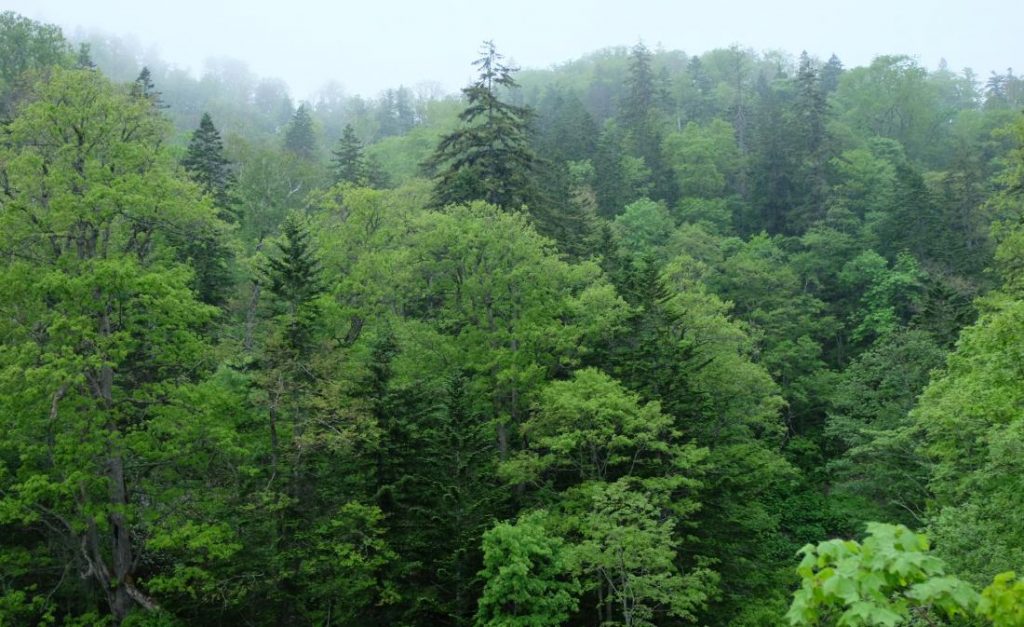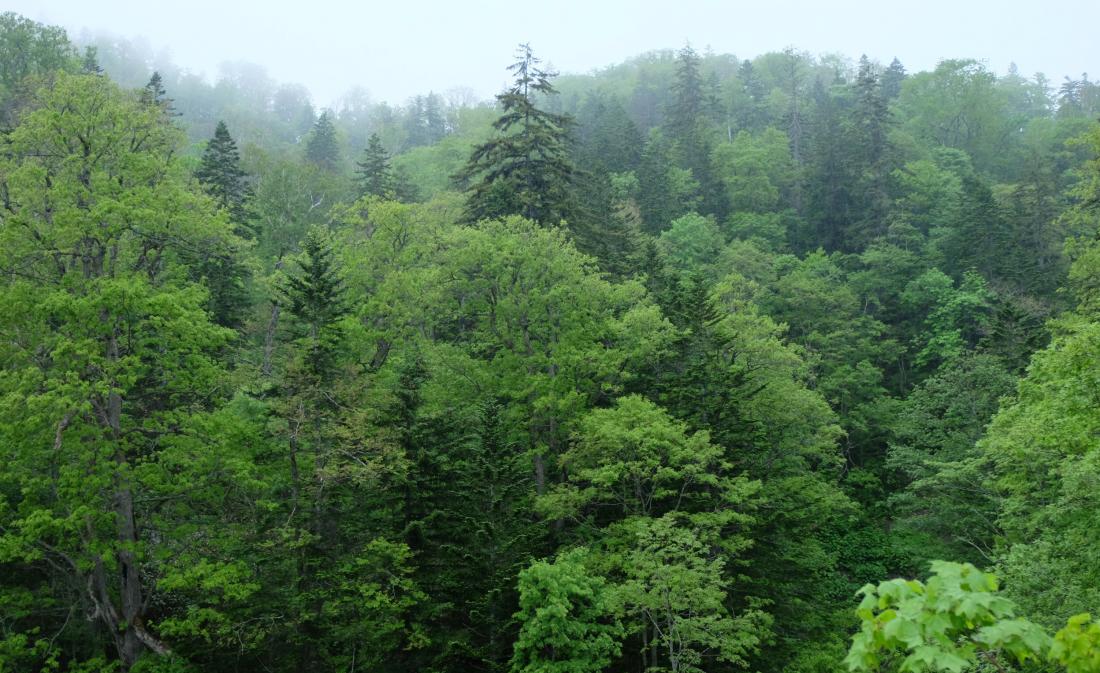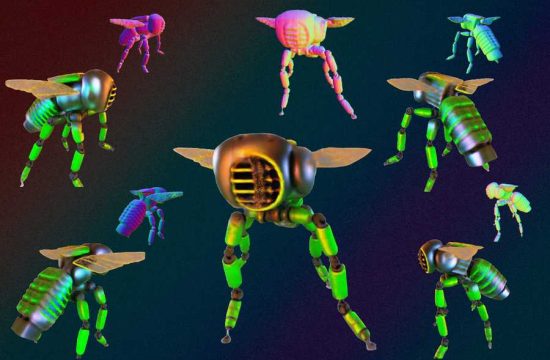
According to recent research lead by Hokkaido University shows Climate change alters tree demography changes in northern forests.
The findings demonstrate how climate change has changed the forests’ demography and caused a directional change in the region, from being sub-boreal conifer-dominated to cool-temperate broad-leaved tree dominated.
Climate change as evidenced by, for example, an increase in the number of downpours and super typhoons, is impacting our daily lives.
“The rise in temperature and precipitation levels in summer in northern Japan, has negatively affected the growth of conifers. And resulted in their gradual decline, according to a 38-year-long study in which mixed forests of conifers and broad-leaved trees were monitored” according to researchers from Hokkaido University.
Forest ecosystems around the world are not exempt from this, but there are many issues to still clarify, such as species-specific responses to climate change and their mechanisms.
The present study published in Forest Economy and Management is only one among several studies conducted based on a long-term monitoring of data.
The researchers investigated more than eight thousand individual trees in 17.5-hectare primeval reserve areas (Osashima and Panke) inside Hokkaido University’s Nakagawa Experimental Forest situated in Hokkaido in northern Japan from 1979 to 2016.
The team monitored their growth rates, mortality and recruitment (the process by which seeds establish themselves in an area and grow into mature individuals) rates and then analyzed the influence by climate change.
“Shifts in species composition could bring about major changes in the ecological systems of mixed forests, such as their roles in carbon storage, quality water provision, biodiversity maintenance and wood supply. In order to devise measures that help us adapt to climate change, it is essential to analyze the state of forests from the perspective of their ecological functions and services (benefits to humans),” Tsutomu Hiura commented.







